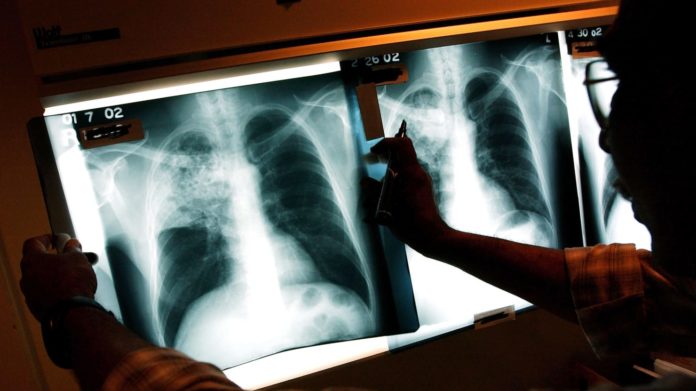THE HAGUE, Oct 25, 2018 (BSS/AFP) – Scientists on Thursday unveiled a
revolutionary way of screening children for tuberculosis, which they say will
prevent hundreds of thousands each year from contracting the world’s
deadliest infectious disease.
A multinational team based at the KNCV Tuberculosis Foundation in The Hague
have developed a simple way of testing the stool samples of children under
five.
The method, which can be carried out in remote communities, would replace
the current practice, which is invasive and normally only available in larger
hospitals.
An estimated 240,000 children die from tuberculosis every year. The disease
is curable and rarely deadly in infants if diagnosed and treated in time.
As much as 90 percent of tuberculosis deaths in children are untreated
cases.
The current test relies on the patient providing a sample of sputum —
phlegm from the lower windpipe.
The sample is then analysed by a special machine, which then gives a
result.
But as children under five cannot spit up sputum, doctors have to submit
them to an invasive and painful procedure that often requires staying the
night in hospital.
Researchers in Indonesia and Ethiopia collaborating with the foundation
found a way of testing children’s stool in the same manner, meaning there
would be no need for them to travel to a large health facility.
“The potential of this method is enormous and means we have a method in our
hands that can diagnose TB at the lowest health care level and bring testing
to hundreds of thousands of people,” said Kitty van Weezenbeek, executive
director of the KNCV Tuberculosis Foundation, which developed the method.
The results of the trial were unveiled on Thursday in The Hague at a global
conference on lung health.
Petra de Haas, laboratory consultant at KNCV, told AFP the test could save
many of the 650 children who die of tuberculosis every day.
“This is a real breakthrough because this can be done in small
laboratories,” she said.
“We know already that a quarter of a million children die (every year). If
they all got this test we could save at least half of them.”
Tuberculosis killed at least 1.7 million people in 2017, according to the
World Health Organization, making the airborne infection the world’s
deadliest infectious disease.
Despite the huge death toll, tuberculosis received roughly a tenth of the
global research funding that goes to HIV/AIDS.



